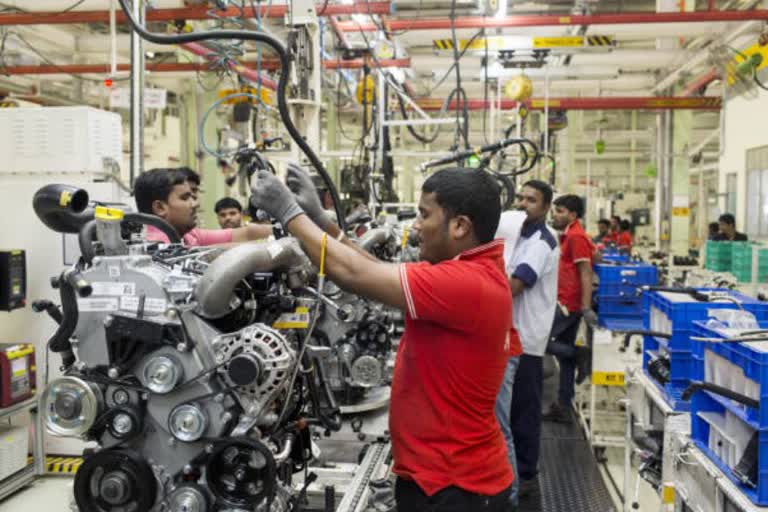New Delhi: Labour Minister Santosh Gangwar on Thursday released a new series of retail inflation for industrial workers (CPI-IW) with a revised base year of 2016 against 2001 earlier.
The Consumer Price Index-Industrial workers (CPI-IW) is the single most important price statistics with financial implications.
The CPI-IW is primarily used to regulate the dearness allowance of government employees and the workers in the industrial sectors. It is also used in the fixation and revision of minimum wages in scheduled employments besides measuring the inflation in retail prices.
In future, the base revision will be done every five years, Gangwar said in a statement.
"Santosh Kumar Gangwar, Minister of State (Independent Charge) for Labour & Employment, released the new series of Consumer Price Index for Industrial Worker (CPI-IW) with the base year 2016, being compiled and maintained by Labour Bureau, an attached office of Ministry of Labour & Employment," the ministry said in the statement.
The new series of CPI(IW) with the base year 2016 will replace the existing 2001 series, it added.
Earlier, the series was revised from 1944 to 1949; 1949 to 1960; 1960 to 1982 and 1982 to 2001 since the inception of the Labour Bureau.
The minister lauded the efforts of the Labour Bureau for its steadfastness and exemplary role, which have finally culminated in the release of the updated series of CPI (IW).
He mentioned that data on all aspects of labour is crucial to serve as inputs in policy making and this justifies the existence of an organisation like the Labour Bureau, dedicated to labour and price statistics.
The report on "New Series of Consumer Price Index for Industrial Workers (Base 2016=100)" is an important publication, meant to give insights into the concepts, definitions and methodology related to the new series of CPI-IW with 2016 as the base year.
Read more:Uttar Pradesh, Jharkhand witness highest growth in tax revenue in last 10 years
This will serve as a useful reference book for researchers, academicians, scholars and all other stakeholders of CPI-IW.
As per the recommendations of the International Labour Organisation (ILO), Index Review Committee (IRC) and National Statistical Commission (NSC), the base year of price index numbers should be revised at frequent intervals, generally not exceeding 10 years to reflect the changes that take place in the consumption pattern of consumers.
